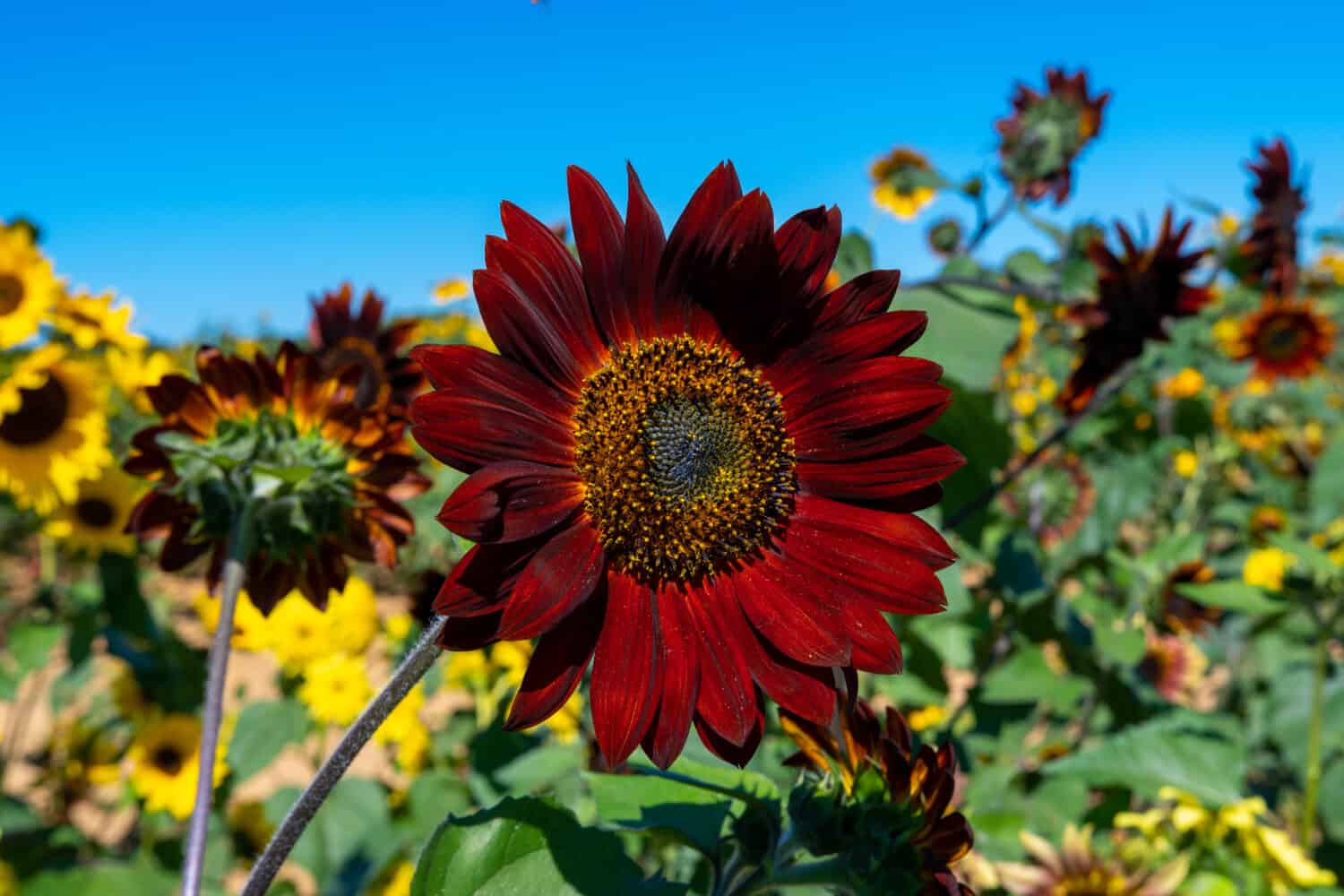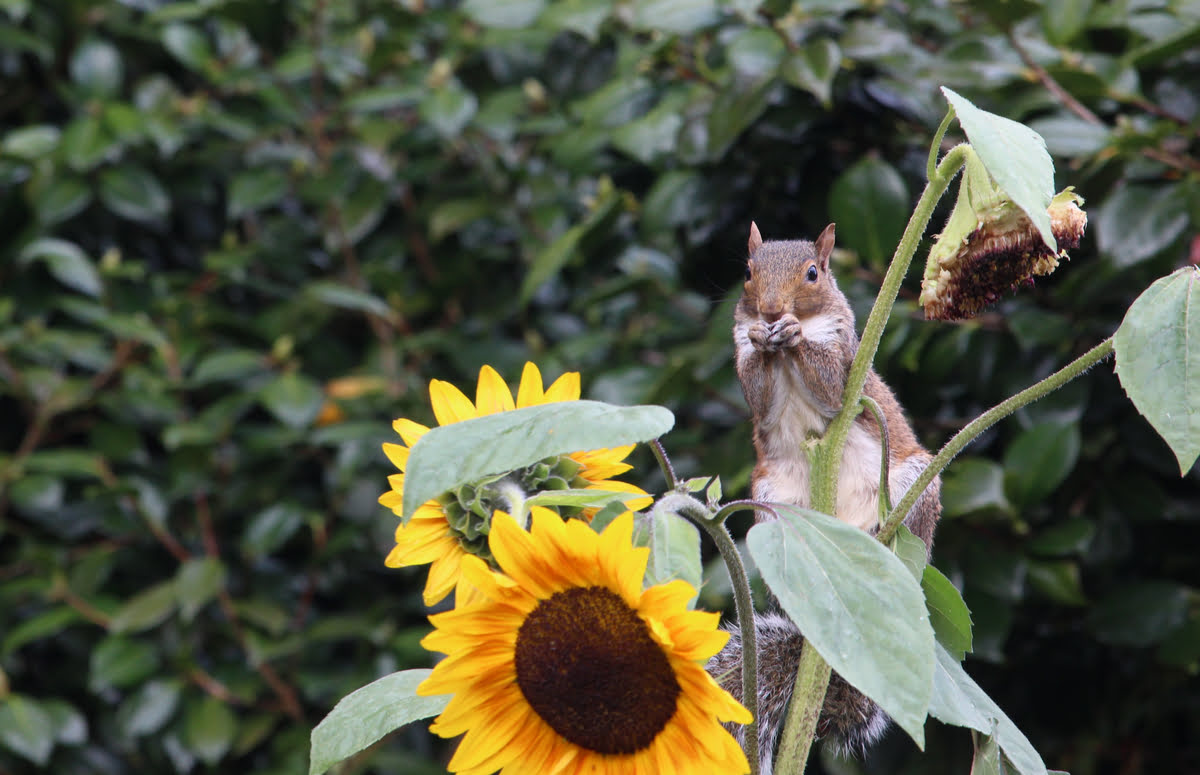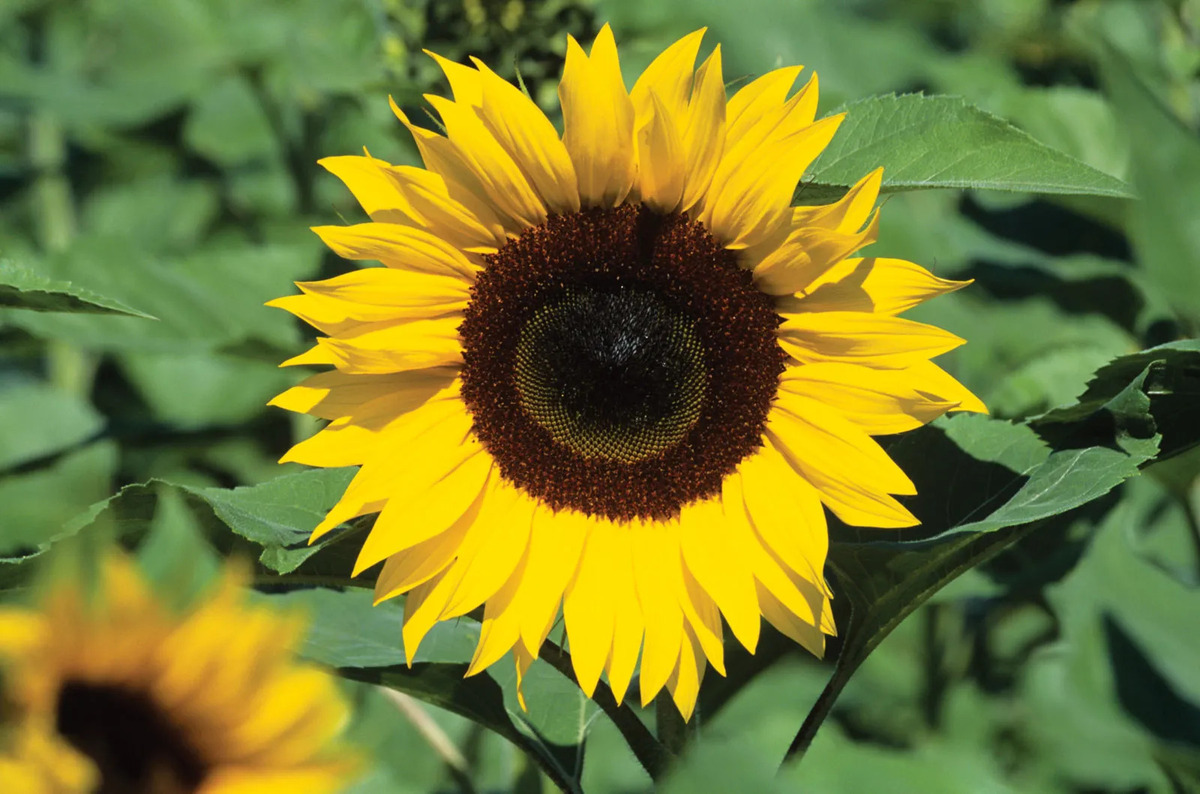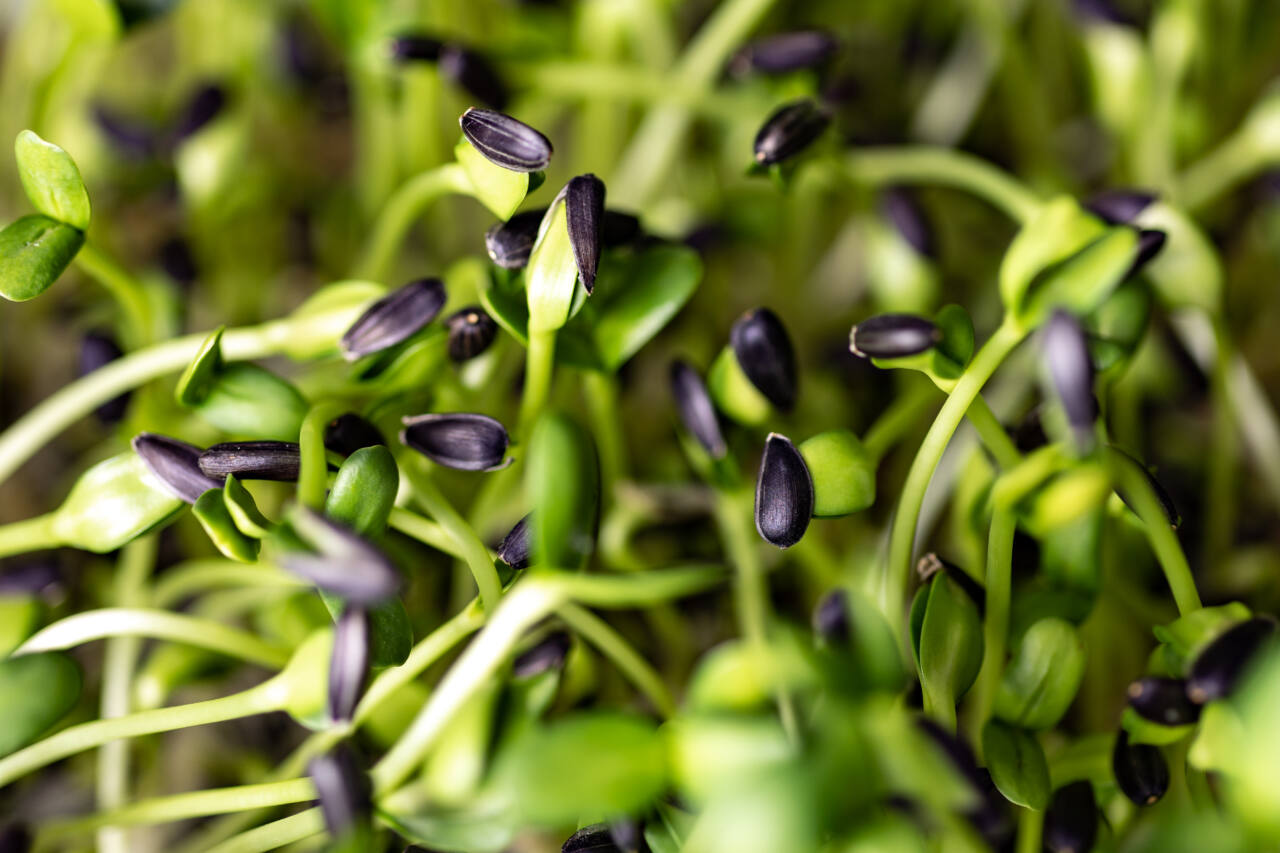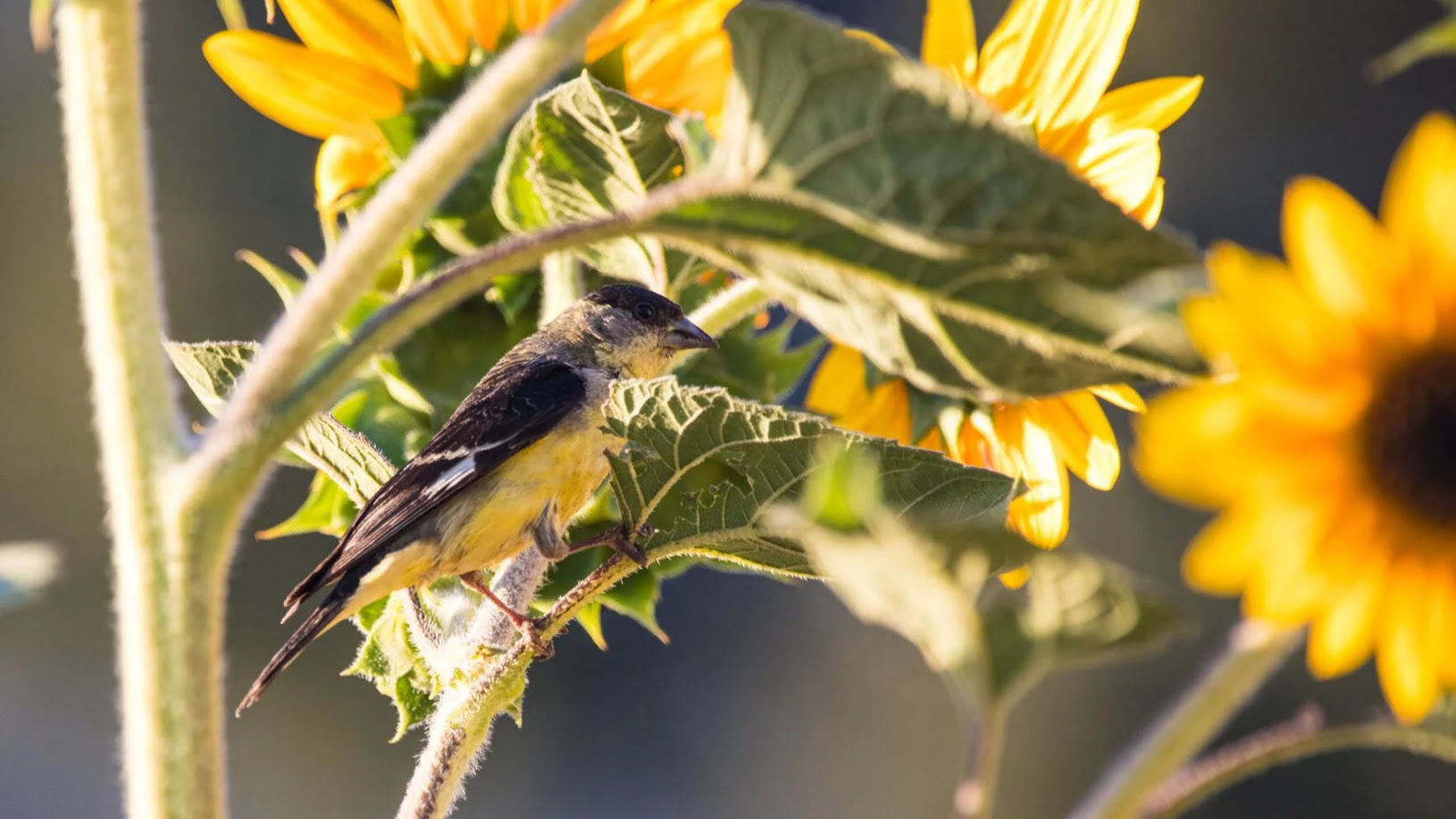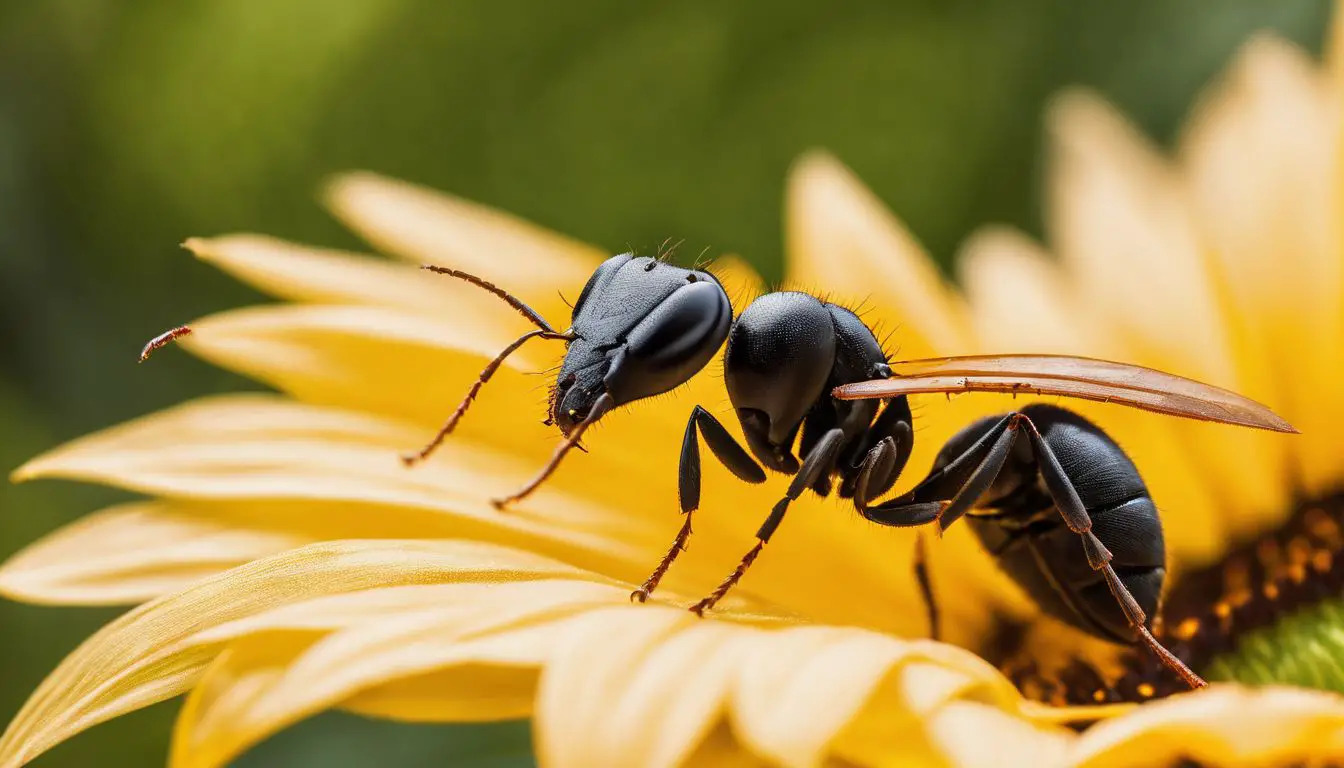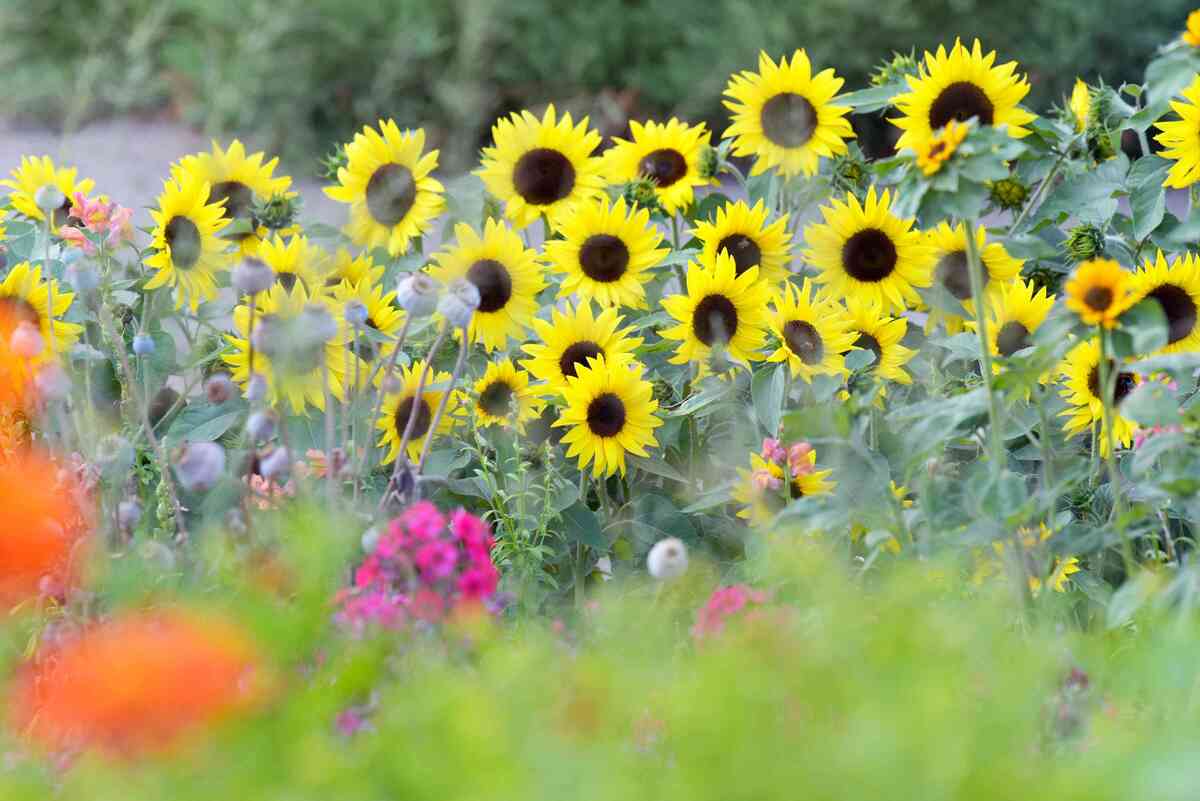Home>Types of Gardening>Ornamental Gardening>What Is Unique About Sunflowers
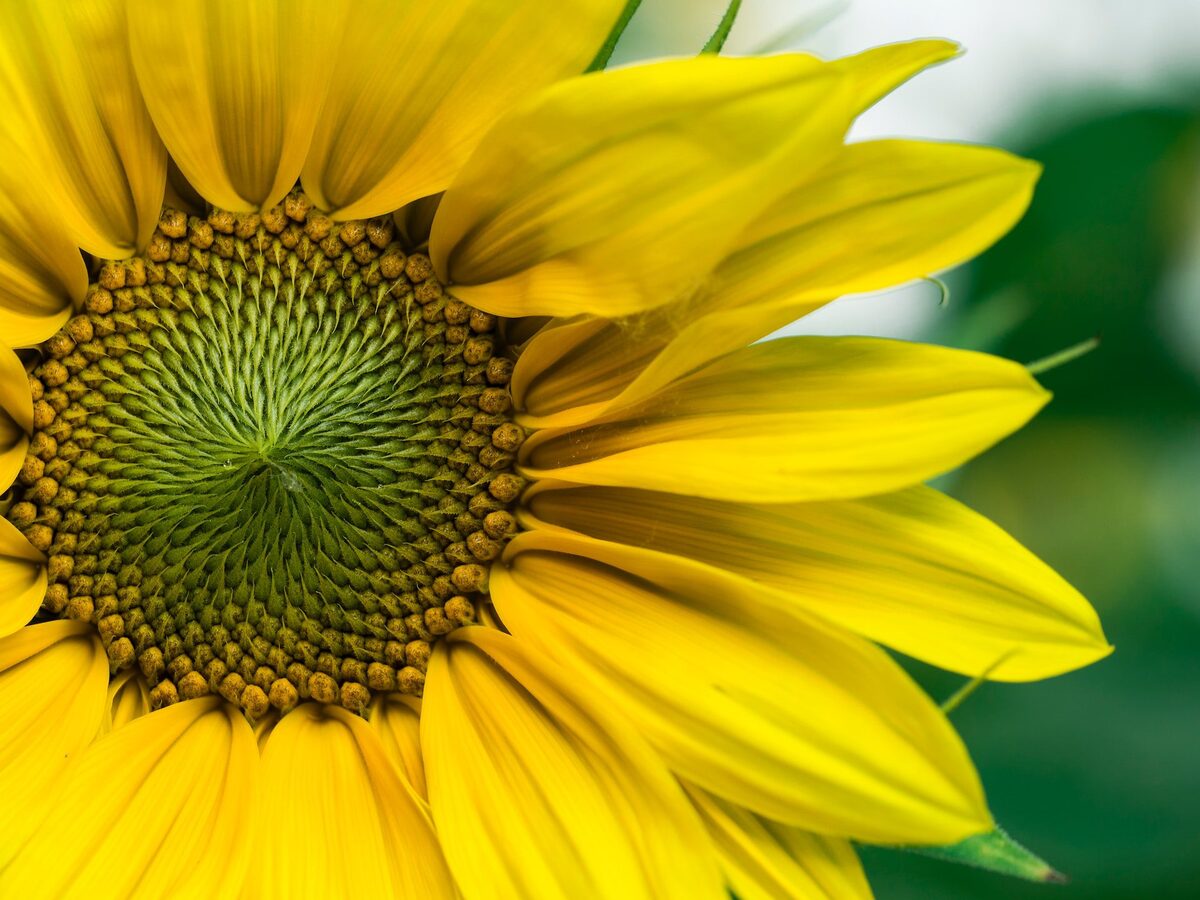

Ornamental Gardening
What Is Unique About Sunflowers
Modified: January 22, 2024
Discover the unique beauty of sunflowers and how they can enhance your ornamental gardening. Learn about their striking appearance and versatile uses in your garden.
(Many of the links in this article redirect to a specific reviewed product. Your purchase of these products through affiliate links helps to generate commission for Chicagolandgardening.com, at no extra cost. Learn more)
Table of Contents
Introduction
Sunflowers, with their vibrant yellow petals and imposing height, are a true marvel of nature. These iconic flowers, scientifically known as Helianthus annuus, have captivated human fascination for centuries, and for good reason. From their physical characteristics to their ecological and cultural significance, sunflowers hold a unique place in the world of ornamental gardening. In this article, we will delve into the multifaceted appeal of sunflowers, exploring their physical traits, ecological importance, cultural symbolism, and economic uses. By the end of this journey, you will gain a deeper appreciation for the extraordinary nature of sunflowers and the myriad ways in which they enrich our lives.
Sunflowers are not just a stunning addition to any garden; they also play a crucial role in the environment, serving as a source of food and shelter for various organisms. Additionally, their symbolism and economic value make them a truly exceptional flower with a wide-ranging impact. Join me as we uncover the fascinating world of sunflowers, from their towering presence in the garden to their far-reaching influence across cultures and industries. Let's embark on this journey to discover what makes sunflowers truly unique.
Physical Characteristics of Sunflowers
Sunflowers are renowned for their striking physical attributes, making them a standout feature in any landscape. These radiant blooms are characterized by their large, daisy-like flower heads, which can measure up to 30 centimeters in diameter. The most distinctive feature of sunflowers is their vibrant yellow petals, which radiate outward from the central disk in a mesmerizing display of color. The disk, composed of tiny individual flowers, forms the focal point of the sunflower and is a rich source of nectar for pollinators.
One of the most remarkable aspects of sunflowers is their towering height, with some varieties reaching up to 3 meters, or even more, in optimal growing conditions. This impressive stature not only commands attention but also contributes to the sunflower’s ability to dominate the landscape, creating a sense of grandeur and vitality. The strong, sturdy stems of sunflowers provide essential support for their substantial flower heads, ensuring that they stand tall and proud as they bask in the sunlight.
Another intriguing feature of sunflowers is their unique ability to exhibit heliotropism, a phenomenon in which the flower heads track the movement of the sun across the sky. This dynamic behavior, observed in young sunflowers before the development of seeds, allows the plants to maximize their exposure to sunlight, optimizing the process of photosynthesis. As the sunflower matures, the flower heads typically face east, symbolically following the path of the sun from dawn to dusk.
From their expansive flower heads to their impressive height and phototropic tendencies, sunflowers possess a myriad of physical characteristics that set them apart as a truly remarkable botanical specimen. Their visual allure and distinctive traits make them an enchanting addition to gardens and a subject of fascination for nature enthusiasts and horticulturists alike.
Ecological Importance of Sunflowers
Beyond their aesthetic appeal, sunflowers play a vital role in the ecosystem, contributing to the biodiversity and sustainability of various habitats. As a rich source of nectar and pollen, sunflowers attract a diverse array of pollinators, including bees, butterflies, and other beneficial insects. This interaction facilitates the pollination of surrounding plant species, supporting the reproductive cycles of numerous flora and ensuring the continued abundance of wildflowers and crops.
Moreover, sunflowers are known for their allelopathic properties, releasing biochemical compounds that inhibit the growth of competing plants, thereby reducing weed proliferation in their vicinity. This natural mechanism helps maintain the ecological balance in sunflower fields and adjacent areas, promoting the overall health and productivity of the ecosystem.
Furthermore, the seeds of sunflowers serve as a valuable food source for wildlife, including birds and small mammals. Their high nutritional content and accessibility make them a preferred option for many animal species, especially during the colder months when food may be scarce. By providing sustenance for wildlife, sunflowers contribute to the intricate web of interactions within the food chain, supporting the survival and well-being of numerous organisms.
Additionally, sunflowers have the potential to remediate contaminated soils, a process known as phytoremediation. Certain varieties of sunflowers possess the ability to extract heavy metals and other pollutants from the soil, effectively cleansing the land and mitigating environmental damage. This unique capability demonstrates the adaptability and resilience of sunflowers, as they actively participate in the restoration of degraded ecosystems.
Overall, the ecological significance of sunflowers extends far beyond their visual allure, encompassing their role as pollinator attractants, allelopathic influencers, wildlife sustenance providers, and environmental remediation agents. Their multifaceted contributions underscore their importance in maintaining the delicate balance of natural ecosystems and highlight their capacity to positively impact the environment.
Cultural and Symbolic Significance of Sunflowers
Sunflowers have held a revered place in human culture and symbolism for centuries, embodying a rich tapestry of meanings and representations across various societies and belief systems. In many cultures, sunflowers are revered for their association with the sun, often symbolizing adoration, loyalty, and longevity. Their radiant blooms and their tendency to track the sun’s movement have led to their interpretation as symbols of warmth, positivity, and resilience.
Throughout history, sunflowers have been featured prominently in art, literature, and folklore, serving as potent symbols of vitality, fertility, and the cycle of life. Their vibrant hues and imposing stature have inspired artists and writers, who have captured the essence of sunflowers in their creative works, depicting them as emblems of beauty, strength, and spiritual significance.
In some indigenous cultures, sunflowers hold ceremonial significance, representing abundance, harvest, and the interconnectedness of all living beings. They are often integrated into traditional rituals and celebrations, signifying the bountiful gifts of the earth and the cyclical rhythms of nature.
Furthermore, sunflowers have become emblematic of positivity and optimism in popular culture, with their cheerful appearance and uplifting symbolism making them a favored motif in decorative arts, fashion, and interior design. Their presence in floral arrangements and home decor conveys a sense of joy, hope, and vibrant energy, enriching the ambiance of living spaces and special occasions.
Additionally, sunflowers have been adopted as symbols of various social and political movements, representing concepts such as unity, resilience, and the pursuit of a brighter future. Their universal appeal transcends geographical boundaries, making them a unifying emblem that resonates with people from diverse backgrounds and belief systems.
Overall, the cultural and symbolic significance of sunflowers reflects their enduring appeal as icons of beauty, positivity, and profound meaning. Their presence in diverse cultural contexts and their representation in artistic, spiritual, and social realms underscore their timeless allure and their capacity to evoke deep emotional and symbolic resonance.
Economic Uses of Sunflowers
Beyond their ornamental and symbolic value, sunflowers hold significant economic importance, contributing to various industries and sectors through their diverse array of commercial applications. One of the primary economic uses of sunflowers lies in the production of high-quality edible oils. Sunflower seeds are rich in oil, which is extracted through mechanical pressing or solvent extraction methods. The resulting sunflower oil is widely utilized for cooking, frying, and salad dressing, prized for its light flavor and high smoke point.
Furthermore, sunflower oil serves as a key ingredient in the manufacturing of margarine, mayonnaise, and other processed food products, contributing to the global food processing industry. Its versatility and nutritional benefits make it a sought-after component in the culinary and food manufacturing sectors, catering to consumer demand for healthy and natural cooking oils.
In addition to oil production, sunflower seeds are cultivated for their nutrient-rich kernels, which are consumed as a popular snack and incorporated into various culinary recipes. Roasted sunflower seeds, also known as sunflower kernels, are enjoyed as a wholesome and flavorful snack, offering a rich source of protein, healthy fats, and essential minerals. Their widespread consumption contributes to the snack food market and the broader food and beverage industry.
Moreover, sunflower meal, a byproduct of oil extraction, serves as a valuable component in animal feed formulations. The high protein content and nutritional profile of sunflower meal make it an essential ingredient in livestock and poultry feed, supporting the agricultural and animal husbandry sectors. Its inclusion in animal diets contributes to the production of high-quality meat, eggs, and dairy products, thereby impacting the global livestock and poultry industries.
Additionally, sunflowers are cultivated for their ornamental value, serving as a lucrative segment of the floriculture industry. The vibrant blooms of sunflowers are sought after for floral arrangements, event decorations, and cut flower markets, adding a touch of natural elegance to various occasions and settings. Their commercial appeal in the floral trade contributes to the horticultural and decorative plant industry, catering to consumer preferences for vibrant and visually captivating blooms.
Overall, the economic uses of sunflowers encompass their contributions to the edible oil and food processing sectors, the snack food market, the animal feed industry, and the floriculture trade. Their versatility and commercial viability underscore their significance as a multifaceted crop with far-reaching economic implications.
Conclusion
The multifaceted nature of sunflowers encompasses their physical allure, ecological contributions, cultural symbolism, and diverse economic uses, culminating in a rich tapestry of significance that transcends botanical boundaries. From their towering stature and vibrant blooms to their role as pollinator attractants and allelopathic influencers, sunflowers stand as stalwart guardians of biodiversity and environmental resilience. Their cultural and symbolic resonance, spanning art, literature, folklore, and ceremonial traditions, underscores their enduring appeal as emblems of vitality, positivity, and interconnectedness.
Furthermore, the economic viability of sunflowers, evident in their production of high-quality edible oils, nutrient-rich kernels, and animal feed components, as well as their commercial appeal in the floriculture industry, highlights their far-reaching impact on global markets and agricultural sectors. The versatility and adaptability of sunflowers as a crop underscore their significance in sustaining food systems, supporting livestock and poultry industries, and enriching the ornamental plant trade.
As we reflect on the unique attributes and manifold contributions of sunflowers, we are reminded of their intrinsic value as agents of beauty, resilience, and prosperity. Their ability to captivate the senses, sustain ecosystems, and inspire cultural and economic endeavors speaks to their enduring legacy as a botanical marvel with profound implications for human society and the natural world.
In embracing the extraordinary nature of sunflowers, we are invited to cultivate a deeper appreciation for the interconnectedness of life, the resilience of nature, and the enduring power of symbolic and economic significance. Through their timeless allure and multifaceted impact, sunflowers beckon us to embrace the radiant possibilities that abound in the natural world and the human spirit.

